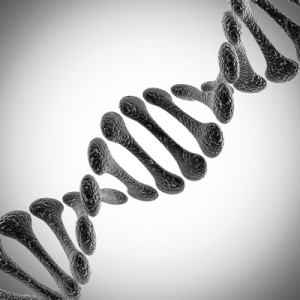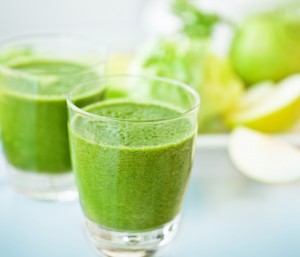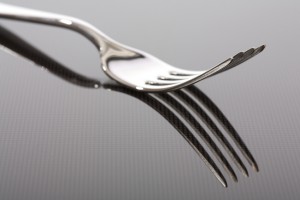Anti fungal cream
Candida or fungal overgrowth – on the rise? Anti fungal cream for Athletes’ foot, muscle aches, fatigue, bloating , thrush? Fundal overgrowth affects the body. Here’s how, why and here’s what you can do without the candida diet.
What’s the real story?
Symptoms of candidiasis vary depending on the area of the body that is infected. London Naturopath Susannah follows client’s health story. For simple solutions we need to retrace steps. Find patterns in our health.
Why does this matter?
Then we can optimise what is helping us and eliminate what is hindering us. Until we can start from scratch and start eating wider ranges of foods. All the while, nourishing our bodies properly is key. Sound difficult? It’s not, with the right guidance.
We’ve finally made it. We’re at our doctor’s. Hands up. Who’s gone away with a prescription for an anti fungal cream for any of the above?
A complementary health specialist may well say that we’re suffering from an overgrowth of candida or candida albicans. This can only be beaten In The Four Phases.
Candida albicans
Candida albicans is a topic of high debate between complementary therapists and the medical community. Mainly, because diagnosing the presence of candida albicans was inaccurate. Almost everyone has some yeast living in their digestive tract. Not so much now, in the right care, using the right clinical and functional approach.
Diagnosis by symptoms can be accurate. However, it’s just not enough data to functionally treat candida overgrowth. If an anti-candida programme makes symptoms vanish or improve, this can confirm the diagnosis of yeast overgrowth. Many a naturopath relies on this elimination diagnosis to treat fungal overgrowth.
Candida overgrowth symptoms
If we’ve got digestive issues like chronic diarrhoea or IBS or constipation, candidiasis may play a role. [tweetthis]Digestive issues? Chronic #diarrhoea #IBS #constipation – #candidiasis may play a role[/tweetthis]
It’s the same with acid reflux or a sluggish metabolism. Similarly, when we’re not losing weight or not burning fat efficiently. Being tired all the time, harbouring that gut too. How common are all of these though, in modern times? We can see how easy it is to include or exclude reasons that might the key to improving these symptoms by eating differently IN THE FOUR PHASES.
Candida albicans or fungal overgrowth is diet and lifestyle acquired. Therefore, the functional approach to treating candida overgrowth requires changes to diet and lifestyle.
Functional analysis
Making complex carbohydrates even more difficult to break down is mentioned as part of the functional approach. This is the theory with Gut and Psychology Syndrome GAPS and Specific Carbohydrate Diet (SCD). The organic acids test is a really good place to start.
The idea is if you have a fungal overgrowth, you should avoid disaccharides and polysaccharides. That’s because they’re difficult to break down and they may potentially feed these overgrowths or infections.
The idea is to resume microbial balance. That’s really the focus of any kind of treatment for fungal overgrowth.















